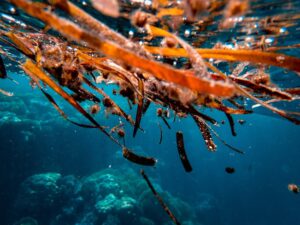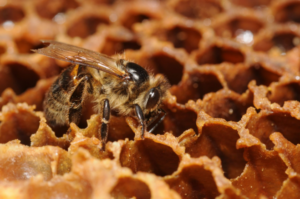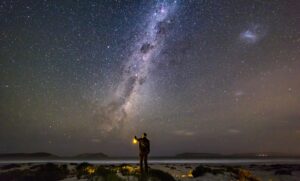An Australian-first study by UWA Oceans Institute researchers suggests that offshore pipelines have been offering shelter for fish.
The study used video from remotely operated underwater vehicles (ROVs) that inspect infrastructure on the North West Shelf.
The North West Shelf in the Indian Ocean stretches from Exmouth to Dampier.
The North West Shelf Project operated by Woodside Energy is Australia’s largest oil and gas development.
A RARE GLIMPSE THROUGH ROV ‘EYES’
Dr Dianne McLean says the study is the first published research looking at how fish use subsea pipelines in Australia.
“Very little is known about the ecological value of pipelines and other offshore structures for fish,” she says.
This is because ROV footage collected by the oil and gas industry is rarely used for science.

Five hours of video taken between 2007 and 2014 was analysed to see how fish use 3km of pipelines.
The researchers found the pipelines support complex habitats and diverse fish communities.
A SAFE HAVEN FOR FISH, SPONGES AND CORALS
Researchers observed almost 6000 fish from 92 species using two subsea pipelines.
Some aren’t found anywhere else in the world—like the Australian striped velvetchin—which only occurs between Geraldton and Cape York.
Others are important commercial species, such as snapper and grouper.
Thousands of fish larvae and juvenile fish suggest pipelines may enhance fish stocks.
Dianne says fish use unsupported sections of pipeline as safe havens.
“As soon as there was a crevice where the pipelines were off the seafloor, we would see a higher abundance of fish … likely utilising the pipeline as a refuge,” she says.
HOME IS WHERE THE PIPELINE IS
Pipelines provide a hard surface for deepwater corals and sponges to grow on.
“These habitats are important,” Dianne says.
“The North West Shelf experienced historical trawling from the 1950s up to the late 1980s, which removed or damaged much of the deepwater coral and sponge garden habitat.”
She says they were surprised by the extent and complexity of deepwater corals growing 130 metres under water.

WHAT IF THEY WERE REMOVED?
There’s about 2400km of pipeline between Exmouth and Dampier, Dianne says.
“Many have been there for more than 10 years,” she says.
“They have been colonised by significant sponge and deepwater coral communities, and they possess diverse fish assemblages.”
“Their removal could be likened to removing an established reef ecosystem.”
If there were no similar structures nearby for fish to ‘move house’, bigger fish would likely eat them.
DECOMMISSIONING ‘A MAJOR GLOBAL ISSUE’
Decommissioning offshore oil and gas infrastructure is a major global challenge, Dianne says.
Decommissioning is taking oil and gas infrastructure out of service when it reaches the end of its productive life.
“On the North West Shelf and elsewhere around the world, more and more offshore infrastructure is reaching this phase,” she says.
“Unique marine ecosystems can develop and grow around man-made structures added to the oceans.
“Removal may disrupt or destroy marine ecosystems that have developed on these structures over decades of operational life.”
“This research provides crucial scientific evidence that can help inform different decommissioning alternatives.”
The study was commissioned by Woodside Energy.













